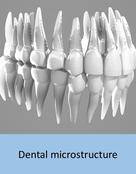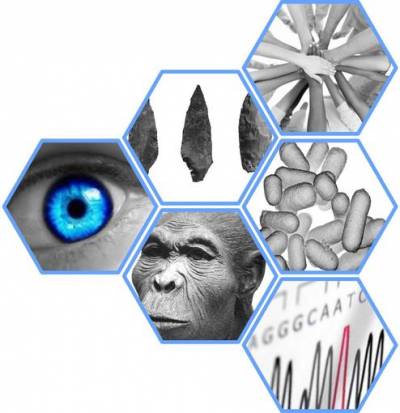" Dental Microstructure
 |
Teeth and bones form a large proportion of the human remains recovered from both archaeological and palaeontological sites worldwide. External tooth morphology provides a wealth of information about geographic variation and variation within and between species, especially so because tooth development within the jaws is buffered to some extent from many external environmental influences during growth.
The dental hard tissues (enamel, dentine and cementum) are layered structures that form over long periods of time and leave an incremental record of their growth that persists during life and beyond. Many microanatomical features can be used to reconstruct a timescale for dental and general growth. Both dental microstructure and the isotopes and trace elements embedded within them, as well as dental morphology in general, can all also be used to help track modern and past population migrations and even reveal information about weaning, diet and stress levels in the past. Studies of caries, calculus and dental pathologies also provide behavioural information.
UCL has a long history of research into mineralised tissue biology. Many microscopic techniques for imaging bone and tooth tissues were developed at UCL and there continues to be a strong research focus on many aspects of dental microstructure and dental morphology in the context of human evolution at UCL. |
 Close
Close






